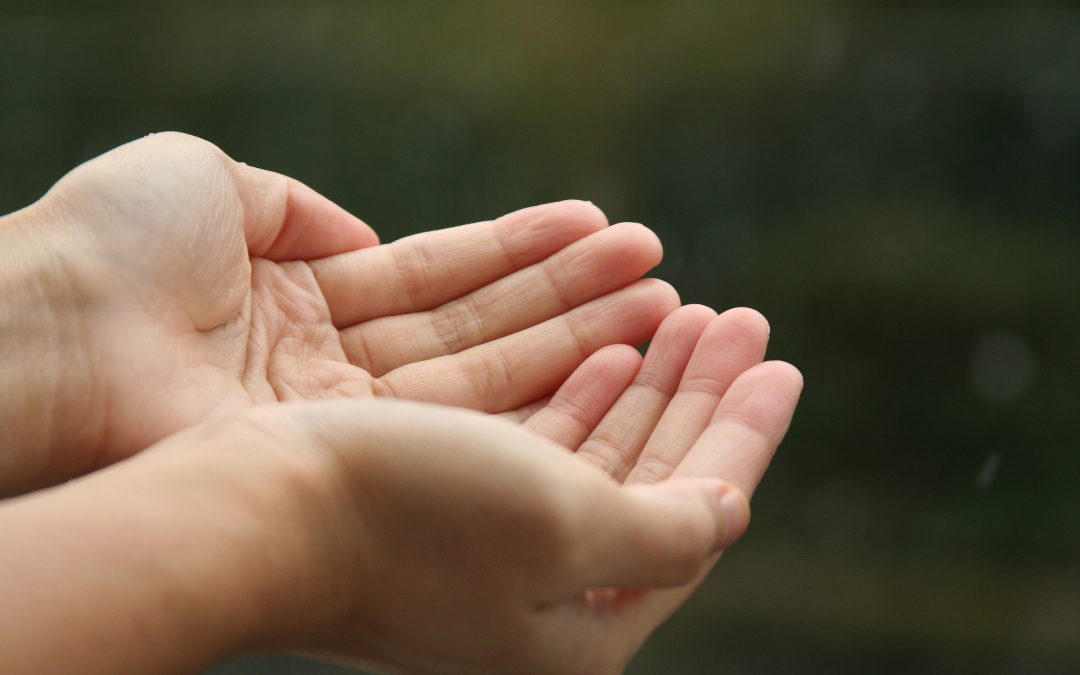Therapists hold many things.
In graduate school, therapists learn about holding environments, how in childhood they are crucial for nurturing healthy development, and how in therapy they are central to forming effective relationships with clients.
Therapists develop skills for creating holding spaces, for making safe and supportive environments for the therapy process. In these spaces, we hold many things: relational dynamics, intense feelings, confusing thoughts, uncertainty about change, themes that emerge and repeat, disturbing memories, hopes that barely dare to surface, forgotten dreams that wish to reappear.
We hold much more than the process of therapy: workplace dynamics, relationships with colleagues, attempts to balance our needs with those of others, the boundaries and the balance between personal and professional, our own growth and development. We hold these things through the length of our careers and during the course of each day.
Heading to work, we might think about a friend whose parent just died and we hold him in our hearts while we move through our schedule. Perhaps we’re pregnant and we hold the nausea at bay while we’re in a session. There are days we may get called away from work to pick up our sick child and hold a cool cloth to her feverish
forehead. And often, no matter where we are or what we’re doing, we still hold our clients in our minds.
And then there is the nitty-gritty holding: the steering wheel in the car, the bags and the paperwork and the keys. Coffee mugs and doors. A trip to the bathroom.
The good, the bad, and the automatic.
All this holding can feel really good. We feel needed, useful, competent, connected.
We have energy and we feel strong. We have a sense that what we are doing is meaningful and has value and purpose. We feel enriched and grateful to be of service.
Sometimes the holding is tiring, overwhelming, even depleting. We feel flat, worn-out, heavy, and pulled in many directions. We experience tension in our minds and in our bodies. We feel over-full and have the desire to fling everything out of our arms to find some relief.
We can become so adept at holding things that we do it without much thought or reflection. It becomes a habit and we might not even be aware of how we feel about it. We just keep holding and adding new things to the basket. We sometimes forget to put things down, and the collection grows unwieldy.
It’s not just what we hold, but HOW we hold it that is important.
The way we hold things has great impact. We can hold tightly, loosely, with a great deal of love, with a sense of repulsion, with humor, while distracted, while blindfolded with one arm tied behind our back.
And so many things affect this: how we feel about what we’re holding, how many things we have to hold, how much attention we’re paying, how important it feels, the state of our wellbeing, how much WE feel held and supported, whether it’s Thursday, or raining, or snowing – again – isn’t – spring – ever – going – to – come?!
It all affects our experience of holding what we hold.
When holding feels nurturing.
Recently, holding became the focus in one of the supervision groups I facilitate. In a session, we took time to pay attention to the experience of holding and to explore ways to cultivate a sense of holding that feels nurturing. The group members’ experience was so powerful that I was inspired to share it with you by way of an exercise we did.
Trying it Out – A Mindfulness Exercise
I have become a big fan of cultivating what we love rather than focusing on getting rid of what we don’t. Working from this perspective, I’d like to invite you to use your body’s wisdom to explore what it is you’d like to hold, and how you’d like to hold it.
Read through the steps and then do the exercise at your own pace, taking as much (or as little) time as you’d like. If you want, you can do some writing or artwork or movement to expand your experience.
Before you begin, get comfortable. Stretch or take a few generous breaths in and out. Close your eyes or take a soft gaze.
- Imagine holding something that you would love to hold.
It might be an object or a person, or something intangible. It could be real or imaginary. What is it that you’re holding? And how are you holding it? - Sense what it’s like to hold this thing.
What do you feel in your body? What sensations do you notice? Do you feel warm or cool, energized or relaxed, large or small? What do you notice about your emotions or thoughts? Do any images or memories come to mind? In particular, notice what feels good about it. - Allow yourself to consider what this experience might have to offer you in your work and in your life.
Are there qualities present that you might want to cultivate? Are there ways you might approach some of the things you hold with more gentleness or firmness, more love or compassion? Is there a way you can feel more held yourself? Are there things you might like to hold less, or not at all, or that you’d like to pass on to someone else?
When my group members did this exercise, they found that imagining holding something they love transformed their sense of holding. They discovered that they wanted to bring new qualities to what they were holding and their experience of holding expanded so that they themselves felt held and nurtured.
I would love to hear about your experience with this exercise. If you’d like, please share.
I’d love to hear anything you’d like to share, so if you’d like, please get in touch.
© 2021 Annabelle Coote
This article is intended for informational purposes only. It is not to be considered as legal, ethical, clinical, treatment planning, treatment recommendations, or any other business or clinical practice advice related to your work as a therapist.

